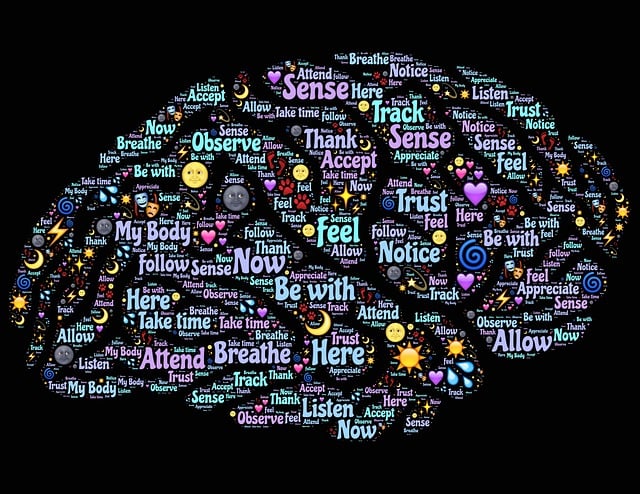In a world where information is constantly evolving, the ability to learn quickly and efficiently has become a critical skill. Whether you’re a student, a professional, or a lifelong learner, the key to mastering new knowledge lies in understanding and harnessing the power of neuroplasticity. This remarkable ability of the brain to reorganize itself by forming new neural connections is the foundation of all learning processes, including speed reading.

What is Neuroplasticity?
Neuroplasticity, often referred to as brain plasticity, is the brain’s incredible ability to adapt, change, and rewire itself in response to new experiences, learning, and even injury. Unlike the old belief that the brain’s structure is fixed after a certain age, modern neuroscience has proven that the brain remains dynamic and adaptable throughout our lives.
Neuroplasticity allows us to learn new skills, recover from brain injuries, and adapt to changes in our environment. It is the driving force behind our ability to acquire new knowledge, improve memory, and even enhance cognitive functions such as reading speed and comprehension.
The Role of Neuroplasticity in Learning
How Neuroplasticity Enhances Learning
When we learn something new, our brain creates new neural pathways—connections between neurons that allow information to be transmitted more efficiently. The more we practice a skill or engage with a new concept, the stronger these neural pathways become. This is why repetition and practice are so essential in the learning process.
Neuroplasticity also explains why learning becomes easier over time. As we build and strengthen these neural connections, our brain becomes more efficient at processing information, making it easier to retain knowledge and apply it in different contexts.

For example, when you first start learning to speed read, it may feel challenging as your brain adapts to the new reading techniques. However, with consistent practice, your brain will rewire itself to process text more quickly and accurately, making speed reading feel more natural and intuitive.
Neuroplasticity and Speed Reading: A Powerful Combination
Training Your Brain to Read Faster
Speed reading is not just about moving your eyes across the page faster; it’s about training your brain to process information more efficiently. Neuroplasticity plays a crucial role in this process, as it allows your brain to adapt to the demands of speed reading by forming new neural connections.
Through targeted exercises and techniques, you can enhance your brain’s ability to recognize words, phrases, and patterns quickly, reducing the need for subvocalization (the internal voice you hear when you read) and increasing your overall reading speed. Over time, these new neural pathways become stronger, enabling you to read faster while maintaining or even improving comprehension.
As Rajneesh Barapatre, a world champion in speed reading and mind mapping, often emphasizes, the key to mastering speed reading lies in leveraging neuroplasticity. By consistently practicing speed reading techniques, you can rewire your brain to become a more efficient reader, capable of processing and retaining vast amounts of information quickly.
The Benefits of Neuroplasticity Beyond Speed Reading
Enhancing Memory and Cognitive Function
Neuroplasticity doesn’t just improve your ability to read faster; it also enhances other cognitive functions, such as memory, focus, and problem-solving skills. As you engage in activities that challenge your brain, like learning a new language, playing a musical instrument, or practicing speed reading, your brain’s ability to store and retrieve information improves.
This has profound implications for lifelong learning. By continuously challenging your brain and forming new neural connections, you can keep your mind sharp, delay cognitive decline, and maintain mental agility well into old age.
Adapting to New Challenges
In the rapidly changing world of AI and technology, the ability to adapt and learn new skills is more important than ever. Neuroplasticity allows us to stay flexible and open to new ideas, making it easier to navigate the complexities of modern life.

Whether you’re learning to use new software, adapting to a new work environment, or simply trying to keep up with the latest trends in your industry, neuroplasticity is the key to staying ahead of the curve. By training your brain to be more adaptable, you can quickly acquire new skills and knowledge, giving you a competitive edge in any field.
Practical Tips to Harness Neuroplasticity for Learning
Engage in Regular Mental Exercises
Just as physical exercise strengthens your muscles, mental exercises strengthen your brain. Engage in activities that challenge your cognitive abilities, such as puzzles, memory games, and speed reading exercises. These activities stimulate neuroplasticity, helping your brain form new connections and improve its overall function.
Link: Brain Exercises
Practice Mindfulness and Meditation
Mindfulness and meditation have been shown to enhance neuroplasticity by promoting a state of focused attention and reducing stress. These practices help you stay present and engaged in the learning process, making it easier for your brain to form new neural pathways.
Consider incorporating mindfulness techniques into your daily routine, such as deep breathing exercises or short meditation sessions. These practices can improve your ability to concentrate, enhance memory, and support overall cognitive health.
Embrace Lifelong Learning
The concept of lifelong learning is deeply intertwined with neuroplasticity. By continuously seeking new knowledge and experiences, you can keep your brain engaged and active, promoting the formation of new neural connections.
Whether you’re taking up a new hobby, enrolling in a course, or simply reading a book on a topic you’re unfamiliar with, the act of learning keeps your brain adaptable and resilient. As Rajneesh Barapatre teaches in his 5-day Intelligent Reading Masterclass, lifelong learning is not just about acquiring new skills; it’s about maintaining and enhancing your cognitive abilities throughout your life.
The Future of Learning with Neuroplasticity
AI and Neuroplasticity: A New Frontier
As AI continues to advance, it will undoubtedly influence the way we learn and process information. However, neuroplasticity will remain a fundamental aspect of human cognition, enabling us to adapt to new technologies and methodologies.

In the future, we can expect to see more personalized learning experiences that leverage both AI and neuroplasticity. AI-powered tools could provide real-time feedback on your learning progress, while neuroplasticity ensures that your brain can keep up with the pace of technological change.
By understanding and harnessing neuroplasticity, you can ensure that you stay at the forefront of this new era of learning. Whether you’re mastering speed reading or adapting to a new technology, the power of neuroplasticity will be your greatest ally.
Conclusion: Embrace Neuroplasticity for a Lifetime of Learning
The power of neuroplasticity offers us the incredible opportunity to continuously learn, grow, and adapt. In a world where the pace of change is accelerating, this ability is more valuable than ever. By understanding and leveraging neuroplasticity, you can unlock your brain’s full potential, enhance your cognitive abilities, and stay competitive in any field.
If you’re ready to take your learning to the next level, I encourage you to explore the 5-day Intelligent Reading Masterclass. As the No. 1 Brain Athlete in the world, I have seen firsthand how neuroplasticity can transform your ability to read, learn, and succeed. Join me and discover how you can train your brain to achieve more than you ever thought possible.
By embracing the power of neuroplasticity, you can unlock a lifetime of learning and growth, ensuring that you remain adaptable, knowledgeable, and successful in the ever-evolving world.
About the author : Rajneesh Barapatre
Share This Story.
Join our mailing list today
Insider offers & flash sales in your inbox every week.
Curabitur non nulla sit amet nisl tempus convallis quis ac lectus dolor sit amet, consectetur adipiscing elit sed porttitor lectus.

